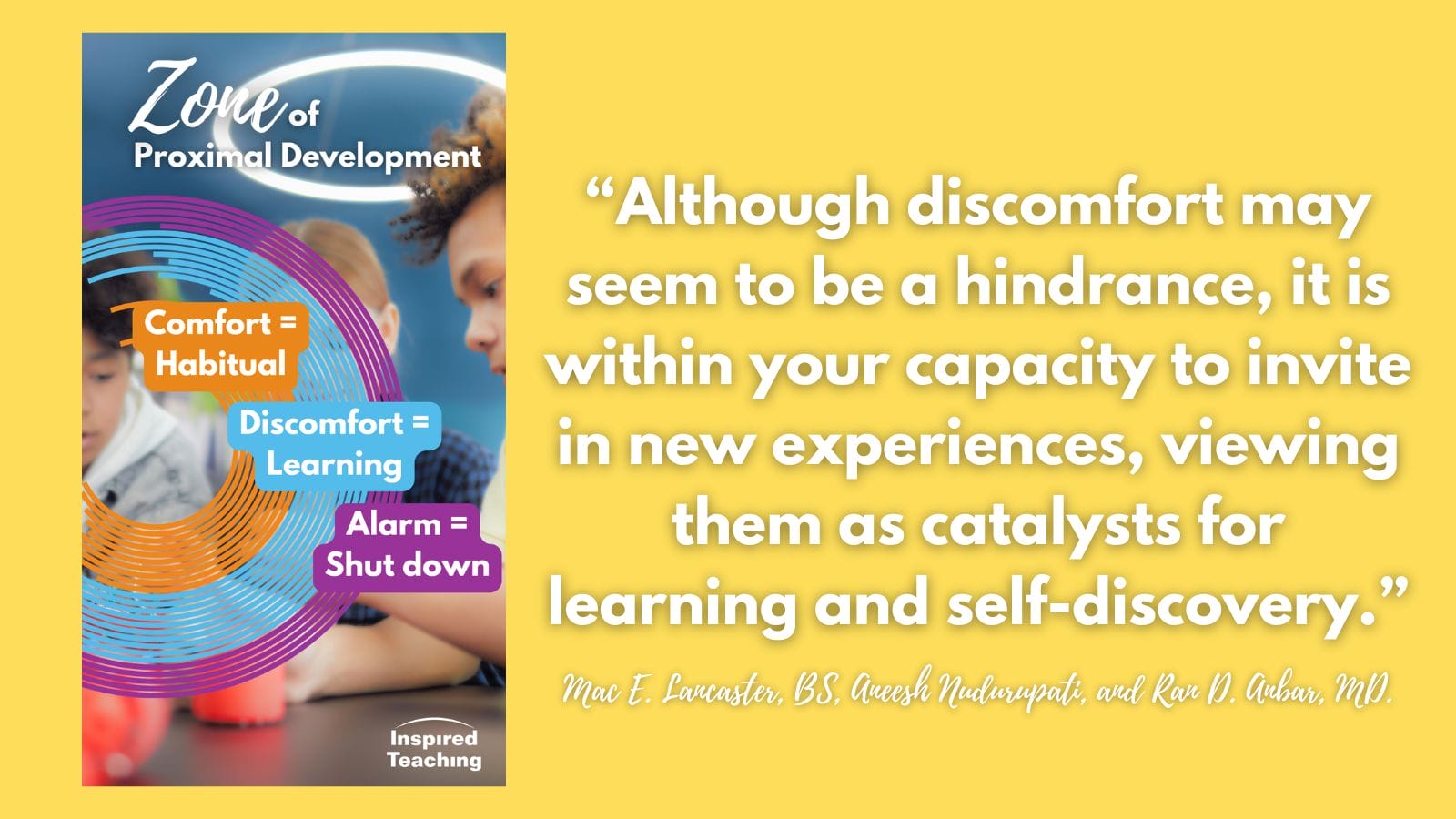Join Center for Inspired Teaching in our campaign to make Curiosity the word of the year in 2025! Take the below Curiosity Challenge, share it with friends and family, and make every day a day full of curiosity.
Tune In
Read, watch, or listen to a news story from an outlet you would never engage with.
Be sure to watch or read the piece in full.
Notice how they are telling the story. If possible, look for the same new story in the media you usually turn to.
What’s different?
What’s the same?
If the storytelling is very different from what you are used to, or the particular angle the story takes varies greatly from one news source to the next, consider why. Engage your curiosity; see if you can picture what it would feel like to read a story from one of your usual news outlets if instead you were a regular consumer of information from this new source.
Sometimes we see short clips from media outlets we don’t follow, but clips can be deceptive.
What did you learn from looking at the piece as a whole?
This experience is unlikely to inspire you to change your news sources; but consider what it does to your curiosity.
In a country where our views on the news can be so very different, what do we have to do to find common ground?
After all, whatever the future holds, we go into it together.
As we near the end of this week, you’ll notice that the challenges have become more difficult. You’re building that inquiry muscle, so you can handle it! Imagine where you’ll take your curiosity next! We’ll connect again for the final day of the Challenge tomorrow morning.
Did You Know?
At Center for Inspired Teaching, we frequently talk about psychologist Lev Vygotsky’s construct, the Zone of Proximal Development — a framework to help identify what learners already know and where there is room for growth — in relation to our students’ progress in the classroom.
In this Psychology Today article, the authors highlight research that shows that getting uncomfortable — pushing ourselves into that zone of proximal development — increases our ability to learn, makes us more resilient and flexible, and can actually help reduce anxiety.


